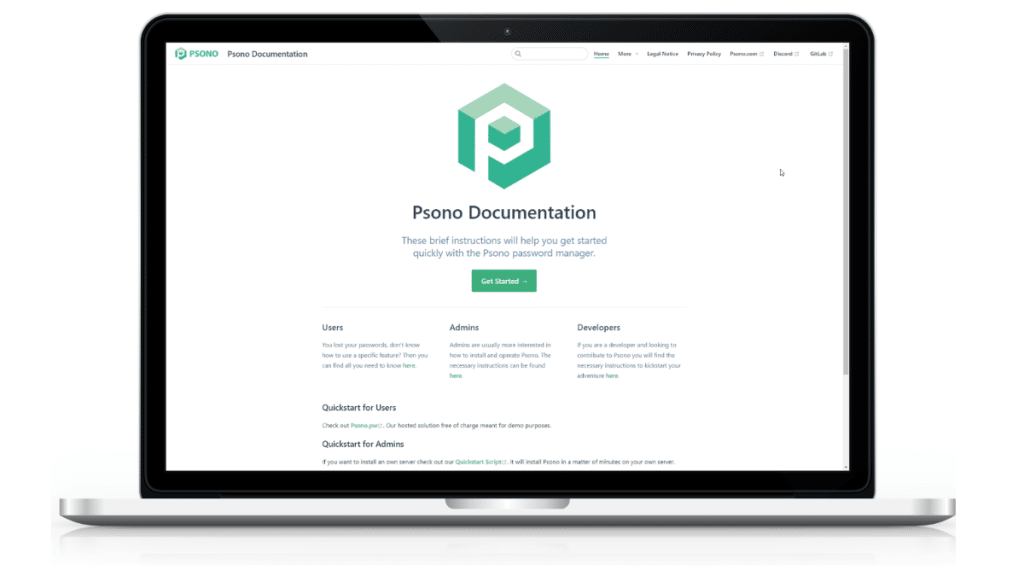Cyber threats escalate at an alarming rate in 2025. Over 80% of hacking incidents stem from stolen or reused passwords. Weak passwords expose businesses to financial loss, reputational damage, and regulatory penalties. The average employee manages 87 passwords, yet 52% of workplace users reuse them across multiple accounts. Two-thirds of employees admit to password reuse, making credential-stuffing attacks more effective. Reports show that 70–80% of cyberattacks involve weak or stolen credentials.
Despite 91% of individuals understanding the risks, many still reuse passwords. Mastercard reports that 80% of confirmed breaches involve stolen passwords. 81% of corporate data breaches stem from poor password management. 30% of organizations suffer breaches due to weak passwords. Data breaches cost businesses an average of $4.35 million per incident. A reliable password manager reduces these risks by generating strong, unique passwords, securely storing them, and streamlining access management.
What Are the Risks of Poor Password Management?
Many businesses still use weak passwords or reuse them across multiple accounts. This practice increases vulnerability and complicates access management. Studies show that two-thirds of employees admit to reusing passwords, which makes it easier for hackers to exploit security gaps.
How Cybercriminals Exploit Weak Passwords?
Reports indicate that 70-80% of cyberattacks involve weak or stolen passwords. Hackers use these credentials to gain unauthorized access to business accounts, leading to data theft, financial losses, and operational disruptions. Without strong password policies, businesses remain exposed to constant threats.
Cybercriminals exploit weak passwords to infiltrate business systems. Reports show that 70–80% of cyberattacks involve stolen credentials. Employees frequently reuse passwords, increasing vulnerability. Research reveals that 91% of individuals understand the risks, yet many still reuse passwords across multiple accounts. This leads to credential-stuffing attacks, where stolen passwords from one breach are used to access other platforms.
Weak password management causes severe consequences. A staggering 81% of corporate data breaches stem from poor password practices. Mastercard reports that 80% of confirmed breaches among its customers involve weak or stolen passwords. Businesses face significant financial losses, regulatory fines, and reputational damage.
A password manager strengthens cybersecurity by addressing common password-related risks. It ensures every account has a unique, complex password, significantly reducing hacking attempts.
How does a Password Manager Enhance Security?
A password manager strengthens security by generating unique, complex passwords for all accounts. Businesses using password managers significantly reduce hacking attempts. Studies link 81% of data breaches to poor password practices, making automated password generation crucial.
These tools securely store and autofill credentials, reducing human error. Research shows that password manager users are three times less likely to experience identity theft. Secure storage prevents common mistakes, such as mistyped passwords or using predictable credentials.
Businesses need a way to share passwords securely. Password managers facilitate encrypted credential sharing, eliminating exposure to unauthorized users. Reports indicate that 40% of users rely on password managers for secure password sharing.
Integration with Multi-Factor Authentication (MFA) adds another layer of security. Accounts protected by MFA are 99.9% less likely to be compromised. A password manager combined with MFA significantly reduces cyber risks.
What Are the Business Benefits of Using a Password Manager?
Beyond security, password managers offer multiple advantages that improve overall business operations.
Password managers improve efficiency. Employees save an average of 12.6 hours per month by using them for credential management. Businesses eliminate wasted time spent recovering forgotten passwords, leading to higher productivity.
These tools provide better access control by assigning permissions based on employee roles. This ensures staff access only what they need, minimizing unauthorized usage. Restricting access to essential accounts reduces security risks.
Compliance becomes easier with password managers. Organizations must meet cybersecurity standards like GDPR and HIPAA. These tools enforce strong password policies and monitor usage, reducing the risk of legal penalties.
A password manager prevents financial losses from cyberattacks. Data breaches cost businesses an average of $4.35 million per incident. Investing in a password manager significantly reduces potential losses from security failures.
Conclusion
Cyber threats are not slowing down. Weak passwords remain a major security risk, leading to financial losses, regulatory fines, and reputational damage. A reliable password manager is no longer optional—it is essential.
They strengthen security, improve efficiency, and support compliance with regulations. Weak passwords cause financial and reputational damage, but a password manager mitigates these risks. Businesses must act now to secure their data and protect their future.
